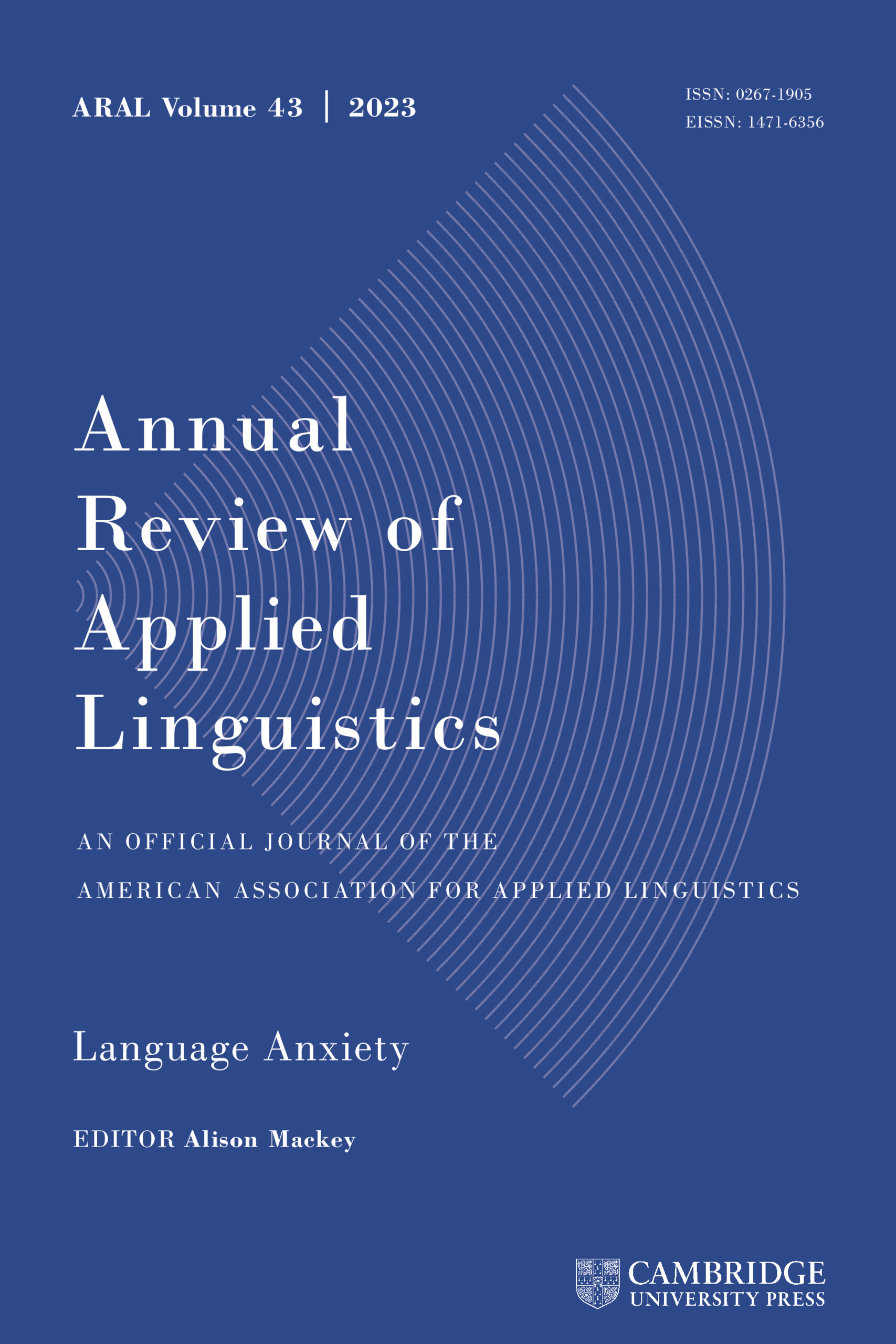No CrossRef data available.
Article contents
Artificial intelligence in applied linguistics: Applications, promises, and challenges
Published online by Cambridge University Press: 08 September 2025
Abstract
An abstract is not available for this content so a preview has been provided. Please use the Get access link above for information on how to access this content.

Information
- Type
- Introduction
- Information
- Copyright
- © The Author(s), 2025. Published by Cambridge University Press.
References
Darvin, R., & Norton, B. (2015). Identity and a model of investment in applied linguistics. Annual Review of Applied Linguistics, 35, 36–56. https://doi.org/10.1017/S0267190514000191CrossRefGoogle Scholar
Fenwick, T. (2015). Sociomateriality and learning: A critical approach. In Scott, D. & Hargreaves, E. (Eds.), The SAGE handbook of learning (pp. 83–93). SAGE. https://doi.org/10.4135/9781473915213.n8CrossRefGoogle Scholar


